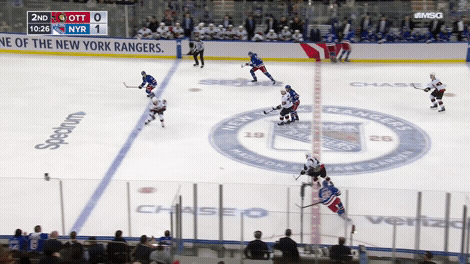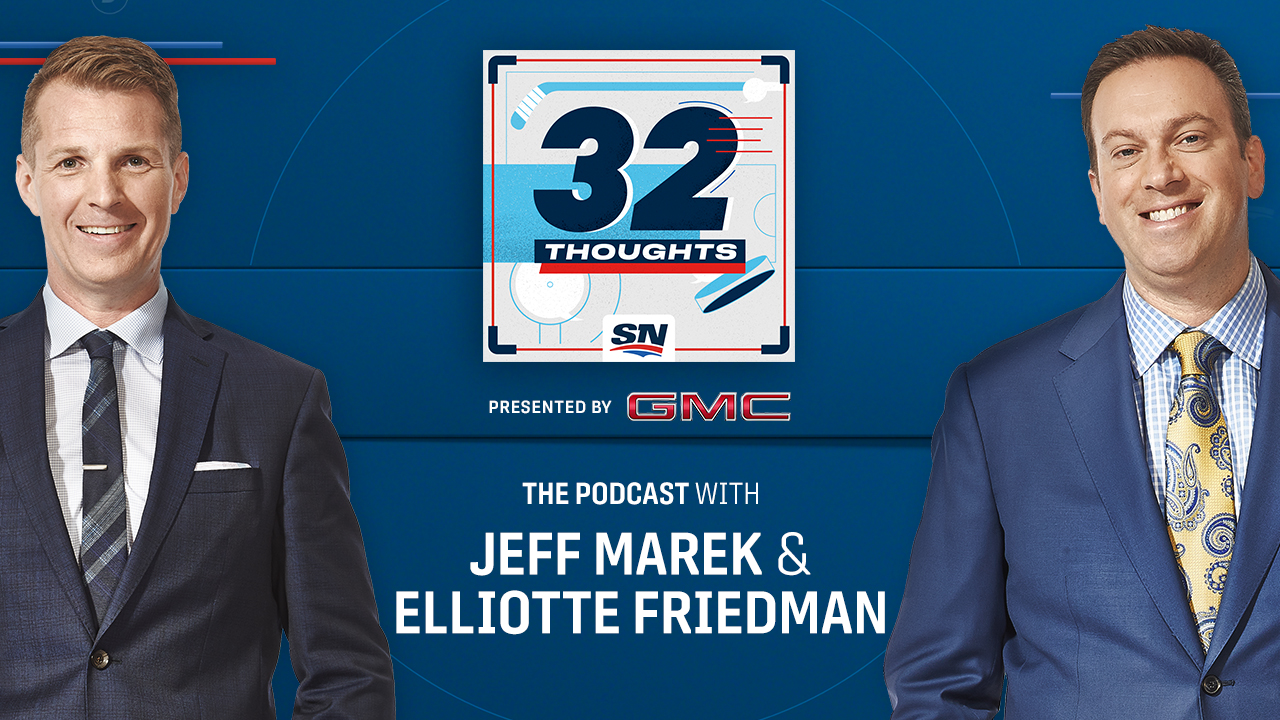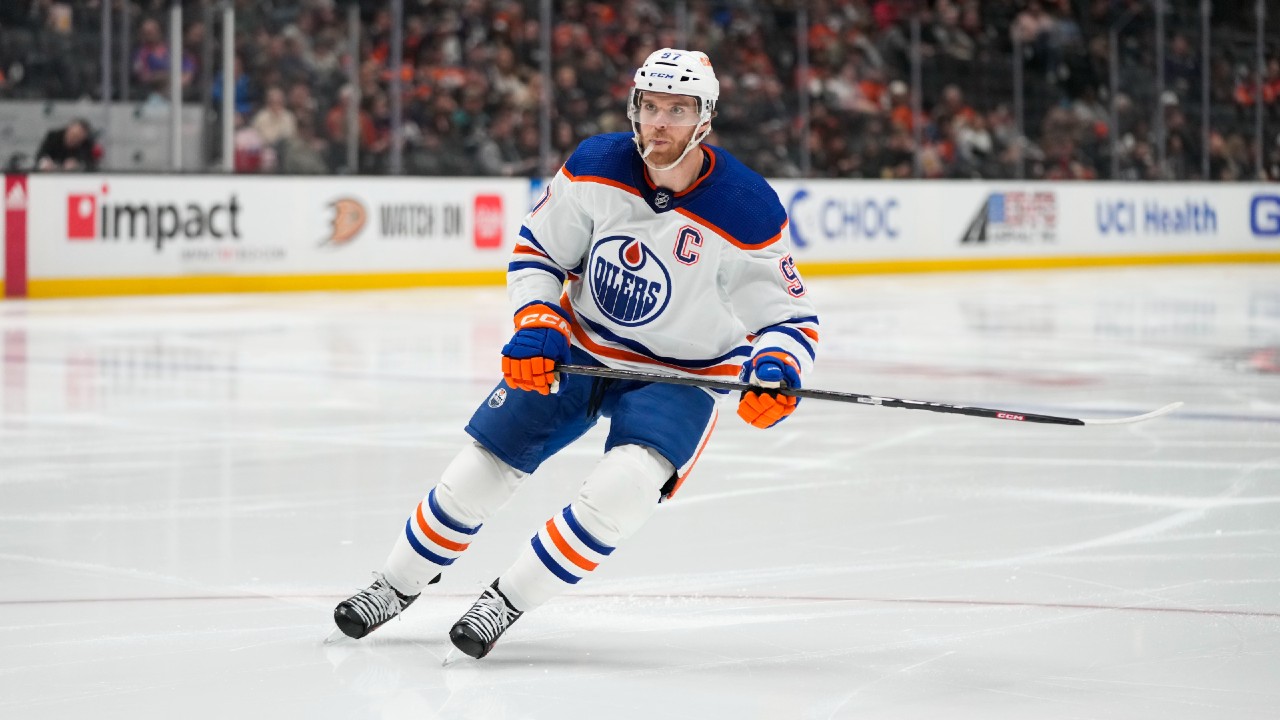The Ottawa Senators are in a pickle trying to get 20-goal scorer Shane Pinto signed to a new contract. The Sens are nearly maxed out to the cap, with just $120,953 in space to use, according to CapFriendly.
Young, home grown goal scorers like Pinto don’t come along every year and the 32nd overall pick from 2019 is only 22 years young. The argument can certainly be made that he is just scraping the surface of his potential at the NHL level. Could Pinto end up being a 30-goal scorer in time? Is he going to find a way to distribute the puck more and become a better playmaker? Is his defensive commitment going to improve?
I’ve gone back and forth trying to figure out how Ottawa and Pinto can come to an amicable solution.
Here are some of my thoughts about the process, from a hockey operations perspective:
SHANE PINTO SCOUTING REPORT
• Pinto was sixth in goal scoring for the Senators last season, playing every game and contributing 20 goals and 15 assists. He’s a solid skater with a nose for the net. He definitely leans shooter more than distributor, but did have games last year when his linemates (Mathieu Joseph and Tyler Motte mostly) didn’t cash in on some of his subtle playmaking.
• Over the course of the entire season Pinto averaged 15:58 of ice time. The majority of his time came at even strength and the power play. His shorthanded time on ice averaged just 26 second a game for the year.
• Pinto’s greatest asset is his quick release. When he gets a look at the net, he’s aggressive directing pucks on goal. The Sens used him as a middle bumper/shooter on the power-play.
• A lot of goal scorers are streaky. When they’re hot, they’re hot. When they’re cold, they can run really cold.
• Case in point is when Pinto scored six goals in seven games from October 15-29 last season. He was running hot for a couple weeks and was also a plus-5.
• The flip side reveals Pinto struggling to play to his goal scoring identity. From December 17 to January 28 last season, he scored only two goals and four assists and was a minus-9 over that stretch of games.
• Pinto brings some size to the middle of the Senators lineup. He’s listed at 6-foot-3 201 pounds.
• Despite his stature he cannot be described as a power forward, or physically dominant. In fact, he was only credited with 71 hits and 49 blocked shots in 2022-23. His long reach and ability to shield defenders with his frame is, however, a definite asset.
• The Senators had some awful plus/minus statistics last season and the group as a whole needs to find a way to play with more desire and detail in their own zone. Pinto’s plus/minus looks more like a winning score on the PGA Tour, finishing a minus-21 last season, third-worst among the Sens forward group. The stat is even more alarming considering he won 52 per cent of his face-offs, meaning his group started with the puck more than their opponent.
HOW THE SENATORS HAVE INVESTED IN THEIR CORE
The Senators have invested wisely in their core. Consider these salaries and term:
• Tim Stutzle: $8.35 million AAV through 2030-31
• Brady Tkachuk: $8.2 million AAV through 2028-29
• Thomas Chabot: $8 million AAV through 2028-29
• Jake Sanderson: $8.05 million AAV through 2031-32 (beginning next season)
All of these contracts have the potential to age very well, especially considering the salary cap should rise substantially over the course of these deals. The Senators should be able to build around this group responsibly.
WHAT IS SHANE PINTO’S VALUE?
There are several factors that come into play when trying to determine what Pinto is worth compared to his peers.
Consider the age, salary and last season’s stats for the following players and ask yourself if you think Pinto is worthy of the same, while understanding that different players play different roles on their respective teams.
• Warren Foegele, Edmonton Oilers: 27 years old, $2.75M AAV, 67GP-13G-15A
• Ryan Donato, Chicago Blackhawks: 29 years old, $2M AAV, 71GP-14G-17A
• Tanner Jeannot, Tampa Bay Lightning: 26 years old, $2.65M, 76GP-6G-12A
(Note: Jeannot scored 24G-17A the previous season in Nashville)
• Trent Frederic, Boston Bruins: 25 years old, $2.3M, 79GP-17G-14A
SHANE PINTO’S VALUE TO THE SENATORS
Recognizing this exercise isn’t an exact science, I’ve come up with an argument that I believe makes sense on the surface.
Drake Batherson plays in Ottawa’s top six and averaged 18:36 of ice time last season. All of his ice time comes at even strength and the power play.
Batherson scored 22 goals and 40 assists last season. Like Pinto, Batherson played in every game for the Sens. He finished with the worst plus/minus on the entire team (minus-35) and only eight of his goals came at even strength. The other 14 came with the man advantage.
Batherson signed his six-year, $29.85 million ($4.975 million AAV) extension coming out of his entry-level deal and he’s now entering the third year of that contract. It’s a back-loaded deal that paid Batherson only $6 million in the first two seasons combined. Now he’s due $23.85 million over the next four seasons.
If Pinto continues to provide Ottawa with the same results offensively, and cleans up his defensive detail, is he not entitled to a contract that pays at least half of what Batherson is being paid?
If I position the argument this way it results in a new contract for Pinto that lands at around $2.5 million per year. It would be a bridge deal for, likely, two seasons.
HOW CAN OTTAWA MAKE THIS HAPPEN?
GM Pierre Dorion has, unfortunately, backed himself into a corner. He has been working diligently to improve the roster and find players who are willing to invest in Ottawa long-term. I’m not an insider so I have no idea what’s happening behind closed doors, but there is definitely a contract on the roster that stands out as poor value for the return.
I personally like the way Mathieu Joseph plays. He’s a quick, energetic, honest and competitive player. He’s a bottom six player who can be deployed at even strength as a checker and slot into one of the penalty killing units.
Joseph’s top scoring season at the NHL level came in 2018-19 when he produced 13 goals and 13 assists for the Tampa Bay Lightning. Since that time he has played 218 NHL games and only scored 31 goals and 43 assists.
Joseph is overpaid at a $2.95 million AAV that runs through 2025-26. His deal is the outlier that is holding the Senators back.
Goal scorers like Pinto who appear destined to pot 20-plus goals per year on average are worth far more than energy wingers who kill penalties. It sounds harsh, but it’s a reality.
Rumours indicate the Philadelphia Flyers could have interest in Joseph and it’s my opinion that the Sens should explore the opportunity. I understand the cost associated with making the deal is going to sting. Luckily the Senators have two first-round picks at their disposal this season: their own and Detroit’s with many conditions attached. They also have some prospects the Flyers may have interest in acquiring.
Here is what I believe is best for the Senators:
Option 1
Ottawa trades: Mathieu Joseph, Jacob Bernard-Docker, 2025 second-rounder
Philadelphia trades: 2025 fifth-rounder (via Carolina)
Option 2
Ottawa trades: Mathieu Joseph, 2024 first-rounder (via Detroit with conditions)
Philadelphia trades: 2025 third-rounder
After this type of trade, Ottawa could try and sign Pinto to a three-year extension averaging $2.5 million per season. Pinto might counter that down to two years, but either way, this should end up with the Sens getting the valued Pinto back in their lineup.






No comments:
Post a Comment